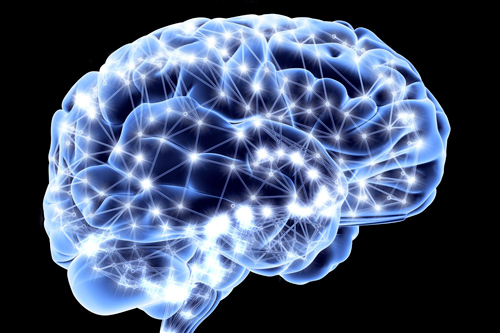 Joseph LeDeux, the Henry and Lucy Moses Professor of Science at New York University and the director of the Emotional Brain Institute at NYU, has been studying the neurological mechanisms involved in emotion with a particular focus on fear. As one of the most influential scientific investigators in the field, his lab has been instrumental to the overall advancement of fear and anxiety research. However, in his latest book Anxious, LeDoux argues that for the most part, the popular understanding of these emotions is inaccurate.
Joseph LeDeux, the Henry and Lucy Moses Professor of Science at New York University and the director of the Emotional Brain Institute at NYU, has been studying the neurological mechanisms involved in emotion with a particular focus on fear. As one of the most influential scientific investigators in the field, his lab has been instrumental to the overall advancement of fear and anxiety research. However, in his latest book Anxious, LeDoux argues that for the most part, the popular understanding of these emotions is inaccurate.
He immediately poses the question: Can we really make a distinction between fear and anxiety given that both are anticipatory responses to danger and thus closely entwined? His stance is that we can, and we absolutely should, as it will impact how clinicians will approach treatment of anxiety related disorders such as panic attacks, PTSD, various phobias, and many others. To prove his point he explores the difference between the scientific and popular understanding of what fear and anxiety are, as well as how scientific findings could impact the treatment of related disorders.
His view is that fear and anxiety are “cognitively assembled experiences” rather than central but dormant states just waiting to be provoked. Furthermore, he argues that anxiety (mild to significant unease without a cause) can only be understood in relation to fear (a reaction to a specific threat), though the symptoms are often similar and negative in nature. He suggests the underlying mechanisms and the manifested symptoms of these emotions must be addressed individually. And, because anxiety disorders affect some 40 million adults in the United States alone, it’s important to investigate both.
According to LeDoux, by mapping the brain circuits involved in threat processing (which are involved in fear and anxiety), a new and more productive way of treating anxiety related disorders can come about. The most obvious benefit of this would be that the resulting information will help the drug industry come up with better medications, but the most important implication is on the clinical side—psychotherapy. He firmly believes that the most dangerous part of anxiety disorders is how people interpret and narrate their bodily sensations to themselves. But the current state of anxiety research, from a neuroscience perspective, does not account for this internal narrative.
“Research attempting to identify new drugs to treat problems involving fear and/or anxiety has traditionally measured behaviors (including innate responses, such as freezing or flight, and learned responses, such as escape and avoidance) and/or physiological changes in the body (including autonomic nervous system response and endocrine responses) and brain (brain arousal or more specific brain activity)…But here’s the problem: The central state itself is never actually measured in such research – it is simply assumed to exist.”
LeDoux goes on to discuss how extinction therapy can be used to treat pathological anxiety and chronic worry, but he also examines the shortcomings of the technique: context dependence, spontaneous recovery, renewal, stress-induced reversal, and others. He also provides insight into how he believes proactive avoidance—“behaviors and thoughts that directly engage with anxiety triggers in order to change through learning, their impact and thereby help the organism exert control”—can help people cope with their anxiety inducing triggers. However, the main point of Anxious is that just like we’ve learned to be anxious, we can learn to change that. In other words, we don’t have to remain anxious.
This section of the book is very well written and highly engaging, but Anxious is not always an easy read. The author relies on research, scientific jargon and quite a lot of historic detail—though interesting and saturated with curious factoids. So anyone interested in psychology would nonetheless find this book an enthralling read.
Click here to get inspired by Rose’s easy steps to positively change your mind



1 Comment